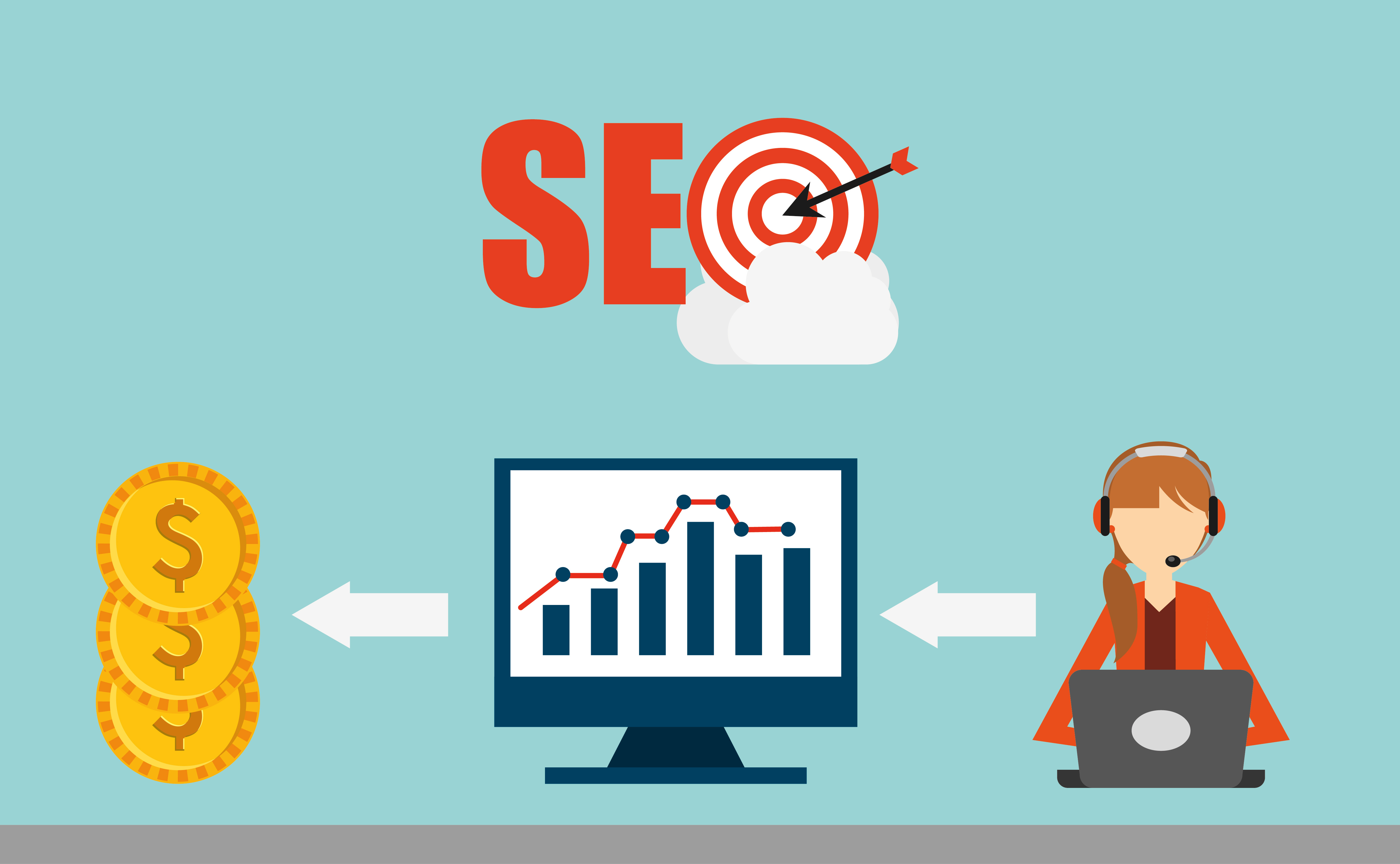SEO vs. SEM: Differences, Benefits, and When to Use Each
 Ashwin
Ashwin
When it comes to digital marketing, you’ll often hear the terms SEO (Search Engine Optimization) and SEM (Search Engine Marketing). While they sound alike and both involve search engines, they have different purposes and benefits.
If you're wondering whether to focus on SEO, SEM, or a mix of both, this guide will help you understand the differences, the benefits, and when to use each one. Let’s get started!
What is SEO?
SEO stands for Search Engine Optimization. It’s a set of strategies to help your website show up higher in the organic (or unpaid) search results on Google, Bing, or other search engines.
How SEO Works
SEO involves making changes to your website to help search engines find and rank it. Here are a few important parts:
Keywords: Using words or phrases people search for.
Content: Writing useful and valuable content that answers common questions.
Technical SEO: Making sure your website loads quickly, works on mobile, and is easy to navigate.
Backlinks: Getting links from other trusted websites, which boosts your site's reputation.
If you do SEO right, search engines will think your website is useful and rank it higher in the results.
Benefits of SEO:
Free traffic: You don’t pay for clicks like with ads.
Long-term results: Once you rank high, you can stay there by keeping your site updated.
Trust: People tend to trust websites that show up in organic results.
The downside? SEO takes time. It might be months before you see results, especially if there’s a lot of competition.
What is SEM?
SEM stands for Search Engine Marketing, which involves paid ads on search engines. The most common type of SEM is PPC (Pay-Per-Click) ads, like Google Ads. Here, you pay to show your ads to people searching for specific keywords.
How SEM Works
With SEM, you pick keywords related to your product or service, and your ad shows up when someone searches for them. Only when an ad is clicked do you get paid.
Benefits of SEM:
Quick results: Your ads start showing as soon as you launch a campaign.
Targeted: You can choose who sees your ads based on things like location, age, and search habits.
Measurable: You can track exactly how many clicks or sales your ads bring in.
However, SEM can get expensive. Since you’re paying for every click, costs can add up quickly, especially if you’re targeting popular keywords.
Key Differences between SEO and SEM
Even though both help improve your visibility on search engines, SEO and SEM have some key differences.
| SEO | SEM |
| Free, but takes time | Paid, costs for every click |
| Takes time to see results | Immediate results |
| Focuses on long-term growth | Good for short-term goals |
| Builds trust and credibility | Seen as an ad |
| Needs ongoing updates | Runs only when you pay for ads |
When to Use SEO
SEO is a long-term strategy that works best if you want steady growth over time. Here’s when SEO makes the most sense:
1. You Want Long-Term Growth
SEO builds a strong foundation for lasting traffic. If you want your website to show up in search results consistently, SEO is the way to go.
2. You Have a Limited Budget
If you’re working with a smaller budget, SEO is more affordable in the long run. It might take time to see results, but once you rank, you don’t have to keep paying for traffic.
3. You’re Targeting a Niche Market
If you’re in a smaller market with less competition, you might see results from SEO faster because there aren’t as many businesses competing for the same keywords.
When to Use SEM
SEM is great for immediate results and is helpful when you need fast traffic. You might choose SEM if:
1. You Need Fast Results
If you’re launching a new product, running a promotion, or need to boost traffic quickly, SEM is perfect. Your ads start showing up almost instantly after you set them up.
2. You’re in a Competitive Market
If you’re in a crowded industry where it’s tough to rank high with SEO alone, SEM lets you pay to show up at the top of the results, even for highly competitive keywords.
3. You Want to Test Keywords
SEM is a great way to test which keywords work best. You can run ads to see which ones get the most clicks before you invest time and effort in ranking for them with SEO.
Using SEO and SEM Together
Many businesses find that a combination of SEO and SEM works best. Here’s how you can use both:
1. Start with SEM for Immediate Traffic
When you first launch a new site or product, SEM can give you instant traffic while your SEO efforts are still building.
2. Use SEO for Long-Term Success
Once your SEO starts bringing in organic traffic, you can reduce how much you spend on SEM. Over time, your SEO will bring in steady traffic without needing to pay for each visitor.
3. Use Retargeting Ads
If someone visits your site from organic search, you can follow up with retargeting ads to remind them about your products or services.
Conclusion
Both SEO and SEM have their own benefits. SEO is better for long-term growth and building trust, while SEM is great for quick results and targeting specific audiences. For most businesses, a mix of both strategies will give you the best results. By using SEO for steady, long-term traffic and SEM for quick, targeted traffic, you can create a balanced approach that helps you grow and succeed in the digital marketplace.
Subscribe to my newsletter
Read articles from Ashwin directly inside your inbox. Subscribe to the newsletter, and don't miss out.
Written by
